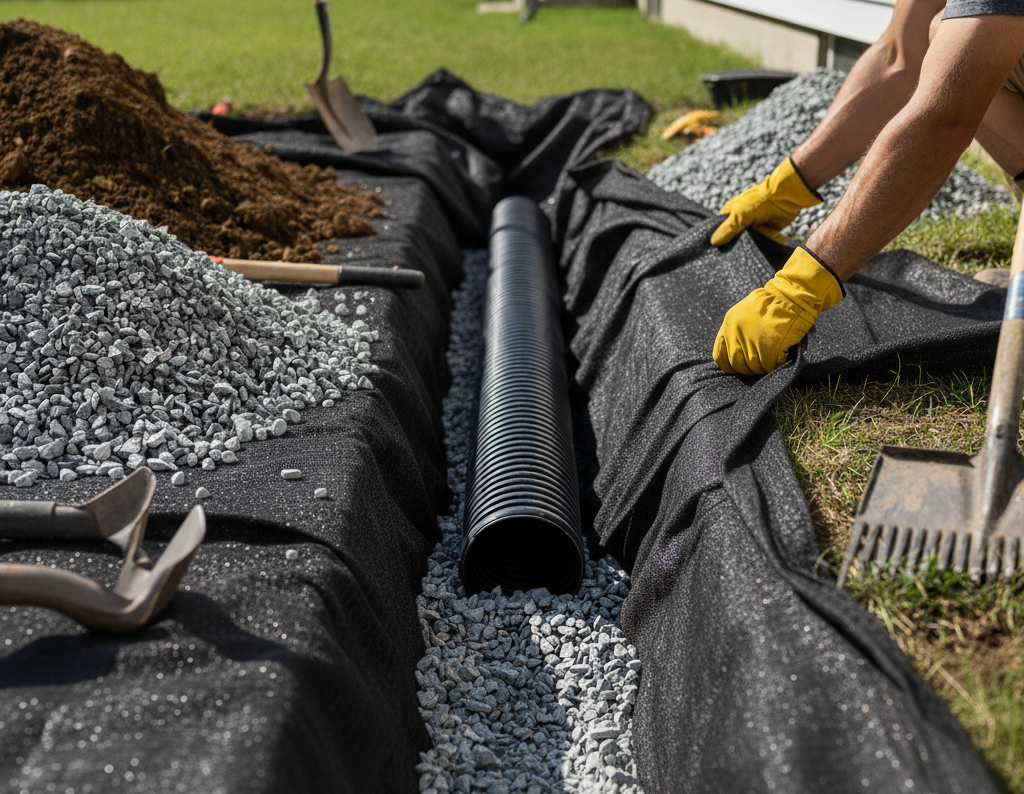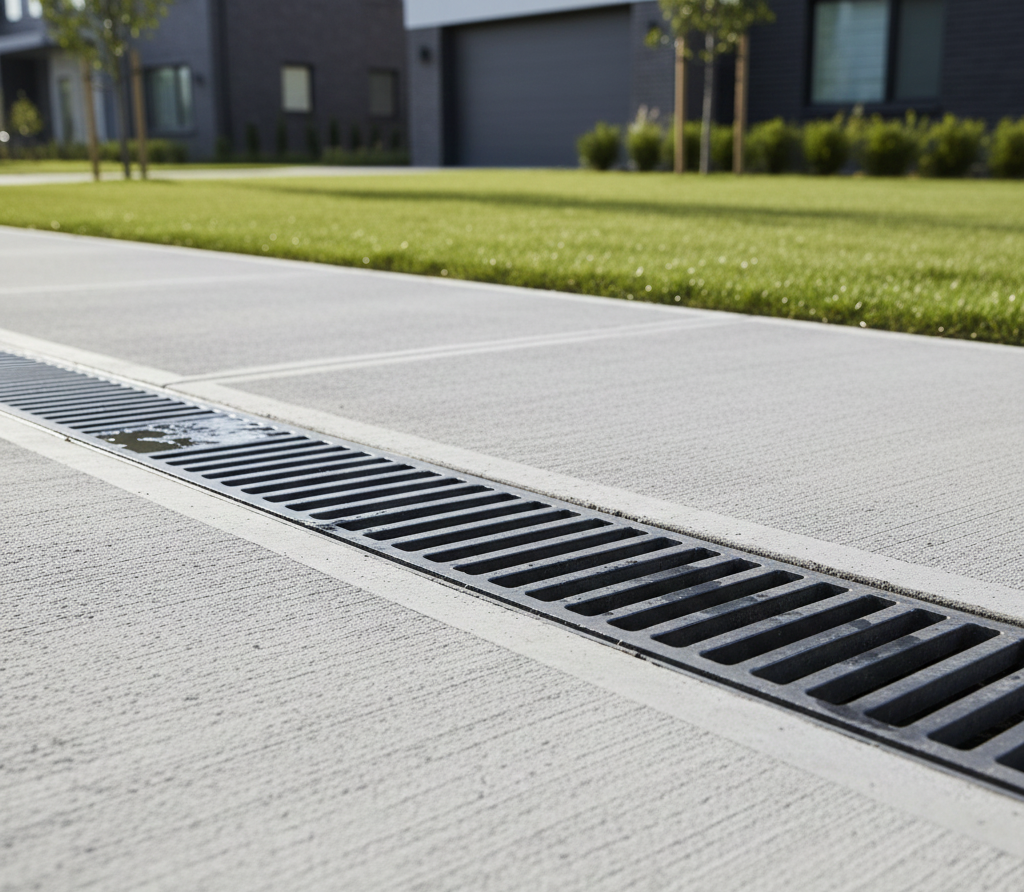How Residential Drainage Systems Work: A Complete Guide to Protecting Your Home
Picture this: it's 2 AM, and you're awakened by the sound of water where it absolutely shouldn't be. Whether it's pooling in your basement, cascading down your hillside, or turning your beautiful yard into a swamp, drainage problems have a way of announcing themselves at the worst possible moments. But here's the thing—understanding how your home's drainage system works isn't just about crisis management. It's about prevention, protection, and peace of mind.
How Your Drainage System Works
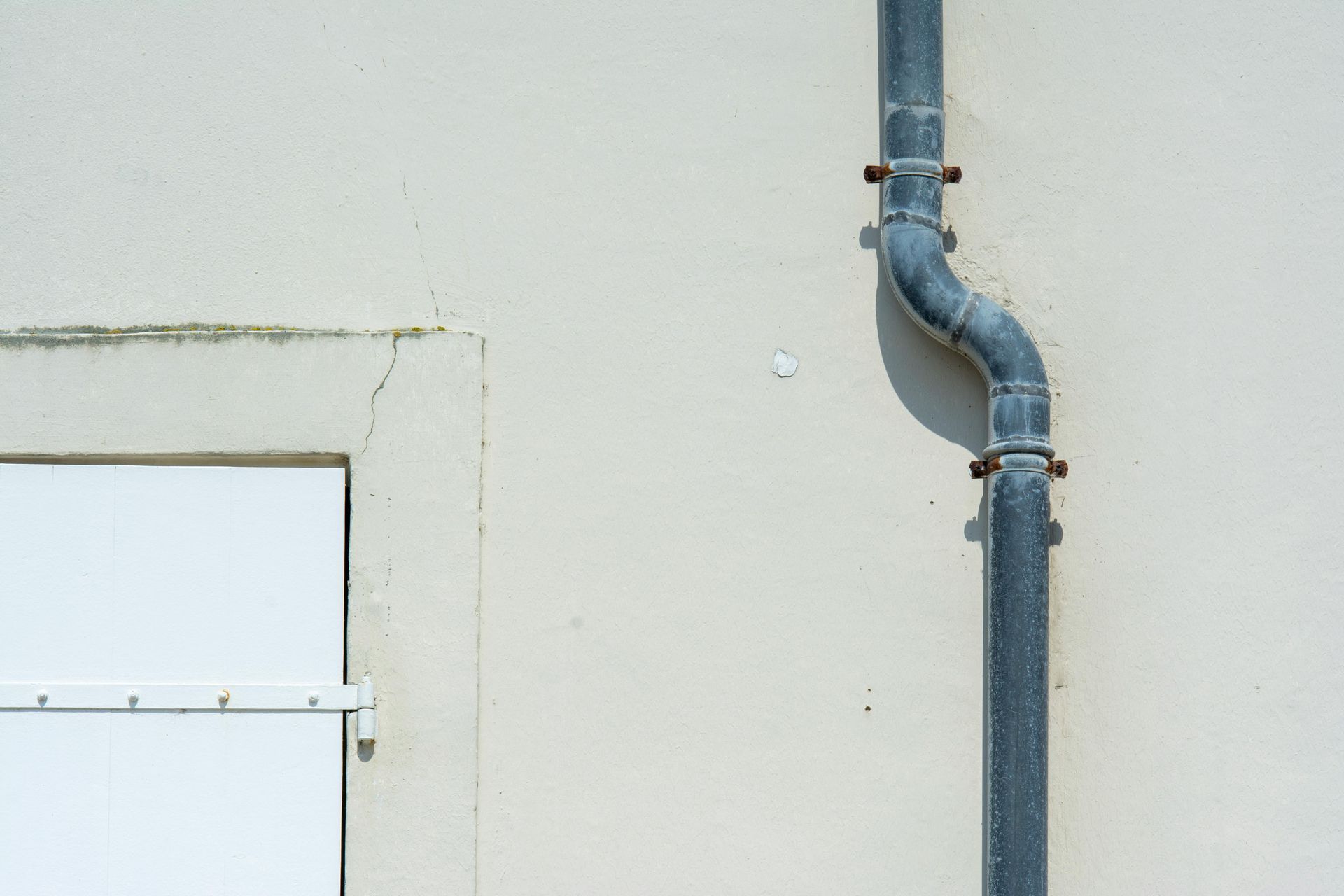
Your residential drainage system is like an invisible network of pathways designed to guide water away from your home's foundation and living spaces. Think of it as your property's circulatory system—when it's working properly, you barely notice it. When it's not, every rainstorm becomes a potential disaster.
The system operates on simple physics: gravity and proper grading work together to channel water from collection points to safe discharge areas. Surface water management handles rainfall and runoff, while subsurface drainage tackles groundwater and hydrostatic pressure that can threaten your foundation's integrity.
Surface Water Management
Surface drainage begins the moment rainwater hits your roof, driveway, or landscaping. Properly designed grading ensures water flows away from your foundation at a minimum slope of 6 inches over the first 10 feet. This seemingly small detail prevents thousands of gallons from infiltrating your basement walls over time.
Gutters and Downspouts
Gutters and downspouts form the backbone of rooftop water collection, channeling precipitation through a controlled pathway rather than allowing it to cascade directly onto your foundation, plantings, and soil. The key is ensuring this collected water gets carried far enough away from your home's perimeter to prevent seepage and erosion.
How Underground Systems Work
Below ground, your drainage system becomes more sophisticated. French drains, comprised of perforated pipes surrounded by graded gravel and wrapped in filter fabric, intercept groundwater before it can build pressure against foundation walls. These systems work continuously, even when you're not aware of their presence.
Foundation Protection
Under-drainage systems, particularly around foundations and basement levels, create a dry envelope around your home's structure. They work in conjunction with waterproofing membranes and proper backfill materials to manage hydrostatic pressure that could otherwise cause foundation cracks, wall bowing, or complete structural failure.
Key Components of Residential Drainage
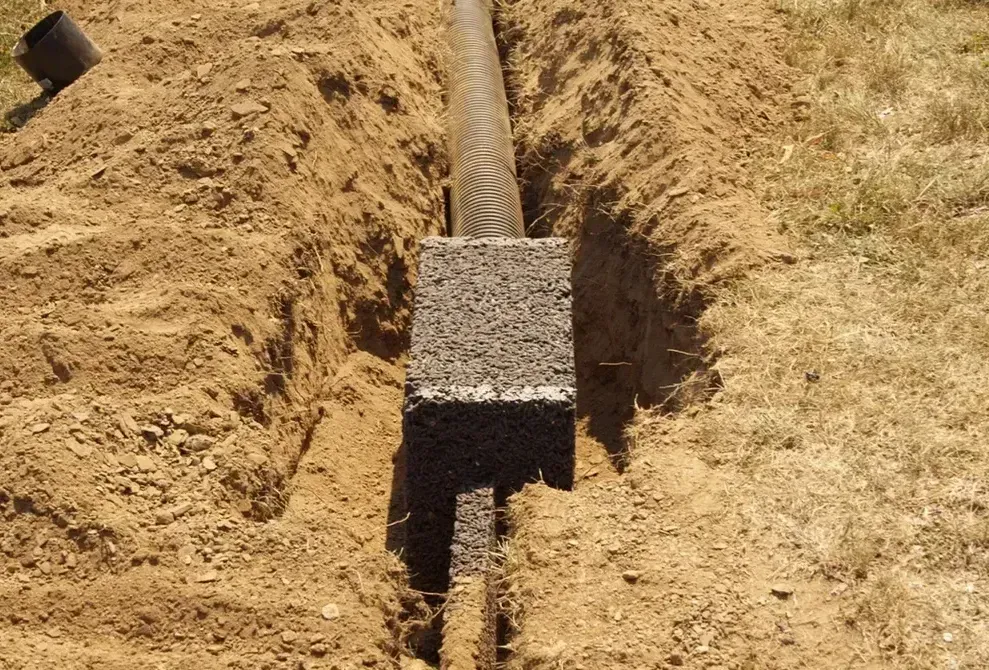
Today's residential drainage relies on several interconnected components. Catch basins collect surface water at strategic low points, while channel drains handle larger volumes across driveways and patios. Sump pump systems provide mechanical backup when gravity-fed drainage reaches its limits, particularly in areas with high water tables or below-grade living spaces.
Modern Solutions Elevating Drainage Systems
Innovative solutions like HydroBlox have revolutionized drainage technology by replacing traditional stone and pipe systems with engineered blocks that provide superior flow rates while being easier to install and maintain. These systems create consistent water movement without the clogging issues common with conventional French drain installations.
Why Water Movement Patterns Are Important
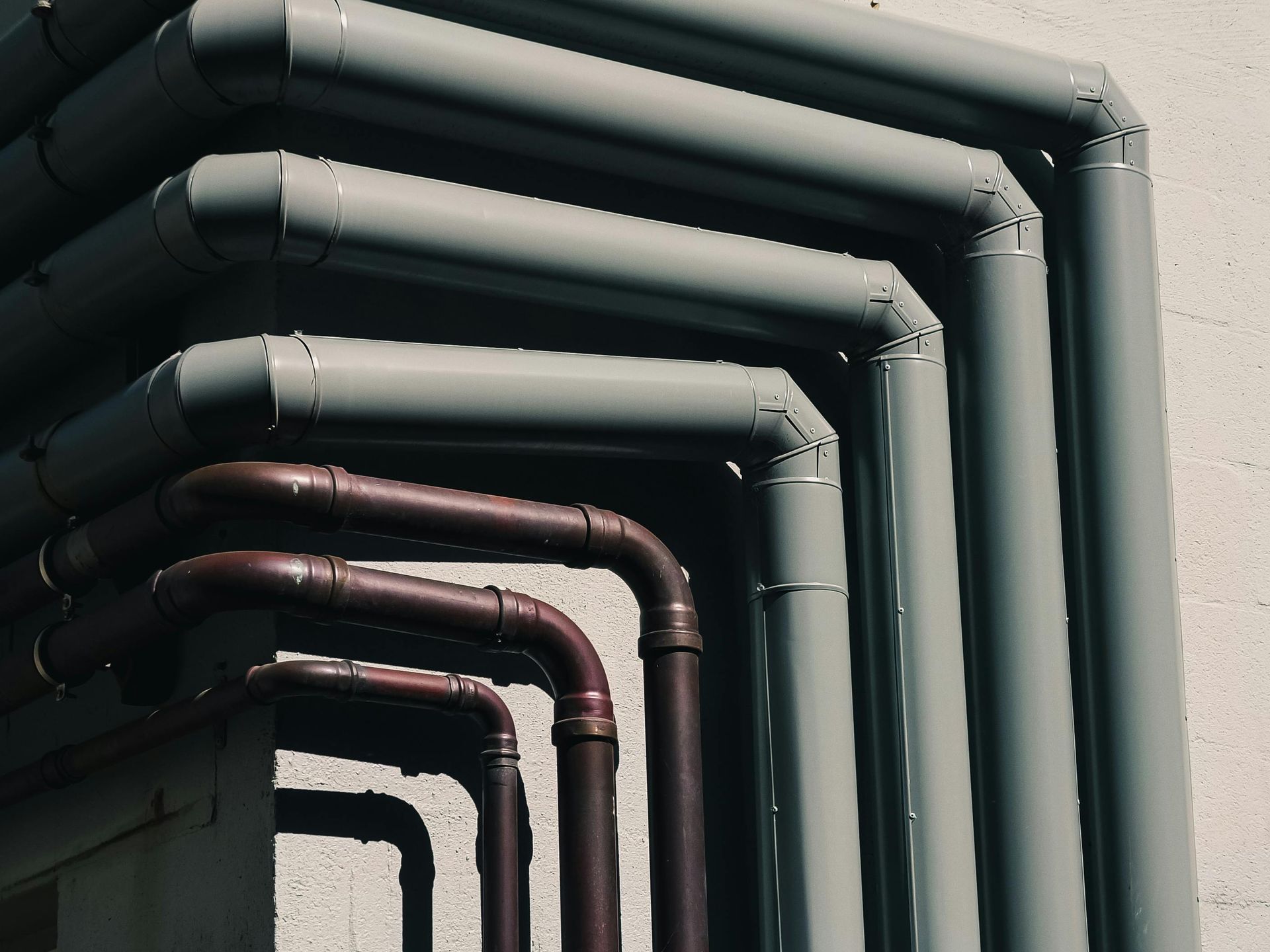
Water moves through your property based on topography, soil composition, and existing infrastructure. Clay soils with poor percolation rates require different drainage strategies than sandy soils that drain quickly but may not provide adequate filtration.
Proper drainage design considers these factors along with seasonal variations, local rainfall patterns, and potential future development that might affect water flow. The goal is to create multiple pathways that work together, ensuring no single point of failure can compromise your entire system.
Warning Signs Your Drainage is Failing
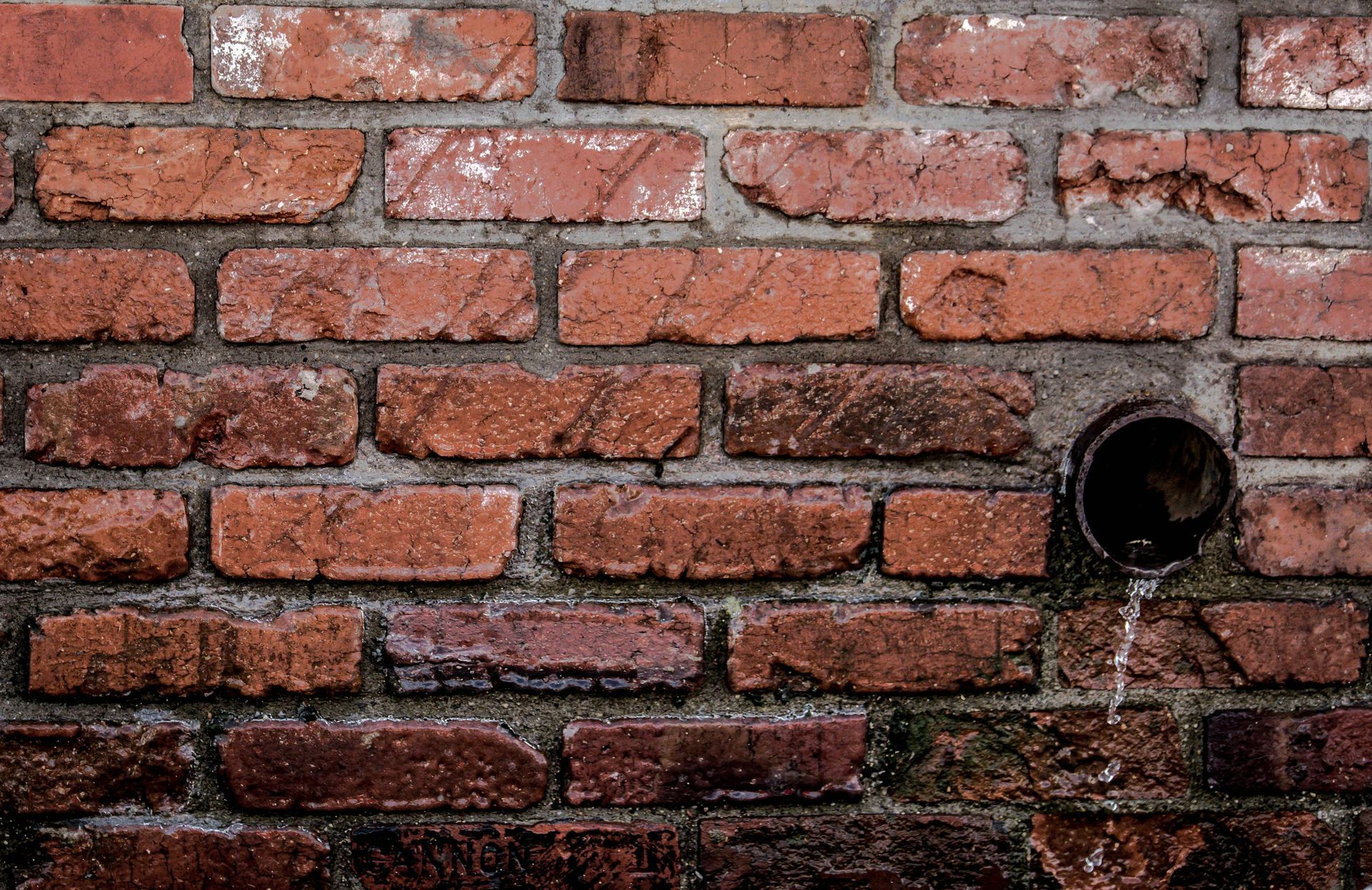
Common drainage problems show up as foundation settling, basement moisture, landscape erosion, or persistent wet areas in your yard. Retaining walls may show signs of stress from inadequate drainage, while hillside properties might experience erosion that threatens both structures and landscaping investments.
Early intervention prevents minor drainage issues from becoming major reconstruction projects. Regular maintenance, proper seasonal preparation, and professional assessment help identify potential problems before they cause significant damage.
Why Professional Drainage Solutions Matter
While homeowners can handle basic maintenance like gutter cleaning and minor grading adjustments, comprehensive drainage solutions require professional expertise. Modern drainage technology offers sophisticated solutions for challenging situations: interior drainage systems for existing basements, perimeter drainage for foundation protection, and specialized erosion control for hillside properties.
At Drainage Technology Solutions, we understand that every property presents unique challenges. Our residential services include comprehensive yard drainage systems, professionally engineered retaining walls, interior drainage solutions, and advanced under-drainage installations. We handle everything from sump pump systems and downspout management to complex hillside erosion control and perimeter drainage projects.
Our commercial drainage expertise extends these same principles to larger-scale applications, ensuring businesses and institutions receive the same level of protection and performance.
The Bottom Line: Protect Your Investment
Your home represents more than just shelter—it's your family's safety, your financial security, and your personal sanctuary. A properly functioning drainage system protects all three by preventing water damage, maintaining structural integrity, and preserving property values
.
Don't wait for that 2 AM wake-up call to address your drainage needs. Whether you're dealing with existing water issues or want to prevent future problems, Drainage Technology Solutions has the expertise and advanced systems to keep your property dry, stable, and protected.
Contact us today for a comprehensive drainage assessment—because when it comes to water management, proactive protection always beats reactive repairs.
